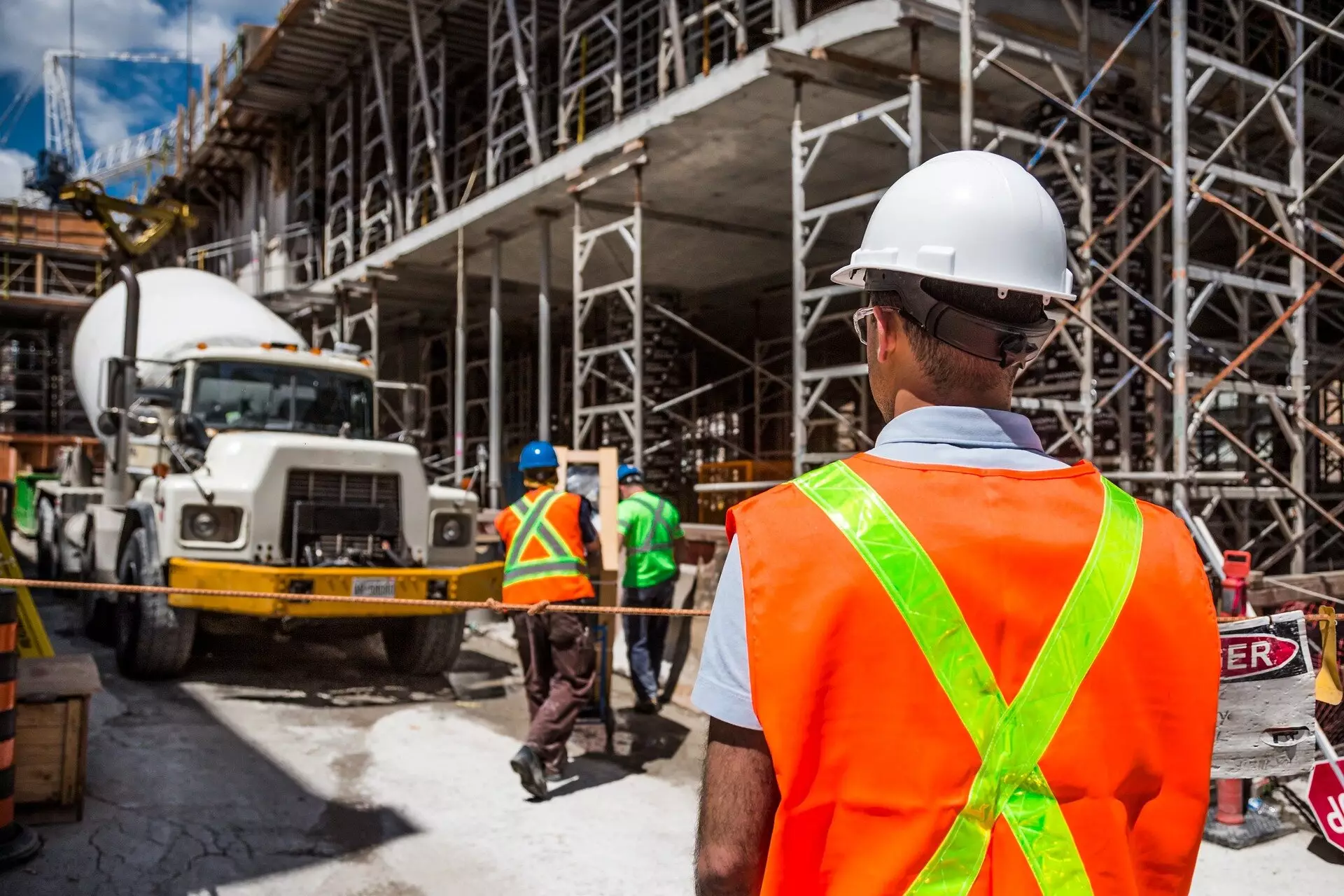The construction industry is often identified as a significant contributor to carbon emissions, prompting urgent calls for sustainable practices. In the U.K, where infrastructural development continues at a rapid pace, there is a pressing need to explore alternative materials that mitigate ecological impact. A recent report spearheaded by the University of Dundee’s experts in collaboration with the Mineral Products Association (MPA) points toward a promising pathway: the utilization of waste clay and brick in the production of concrete. This innovative strategy not only holds the potential to decrease the carbon footprint of construction but also offers a viable solution to waste disposal.
The crux of the report highlights how U.K. reclaimed clays and finely ground brick powder can function effectively as calcined clays in cement production. The extensive research indicates that this approach could reduce embodied carbon levels in concrete by as much as 30%. What makes this finding particularly compelling is the dual benefit of waste reduction and emission control. By integrating these materials into concrete production, we can divert approximately 1.4 million tons of potentially waste-bound materials, thereby promoting a circular economy within the construction sector.
The research cadre from the Concrete Technology Unit at the University of Dundee specializes in rigorous testing and analysis of construction materials. Their investigations into the long-term durability of calcined clay concretes indicate they are suitable even for exposure to marine environments. Such assessments are vital for establishing confidence in new materials, especially as the construction industry increasingly prioritizes resilience and sustainability amidst climate change challenges.
A Paradigm Shift in Cement Production
Traditional cement production heavily relies on Portland cement, which is notorious for its high carbon emissions. The study underscores calcined clay as a credible alternative, presenting an opportunity to supplement rather than replace conventional materials. Dr. Moray Newlands, a key researcher, articulates the vision succinctly: by harnessing calcined clays, the U.K. construction industry can achieve lower carbon solutions that are durable enough for critical infrastructure, including bridges and offshore renewable energy projects.
This shift towards calcined clay cements is particularly notable given the reduction in availability of conventional industrial by-products, such as ground granulated blast-furnace slag (GGBS) and fly ash, which have been instrumental in lowering carbon emissions traditionally. With the decarbonization efforts of the power and steel industries diminishing the supply of these materials, the use of locally sourced clay presents a strategic response to ensure that sustainable construction practices remain viable.
The research explored two distinct heating techniques for preparing clay for its new role in concrete: the familiar rotary kilns and a more novel method called “flash heating.” Intriguingly, both approaches yielded high-quality calcined clays without significant variances in the end product. This finding opens avenues for broader adoption, allowing producers to choose methods that align with operational and environmental goals.
The collaborative nature of this research project highlights the importance of uniting various stakeholders in the industry, including major players such as Heidelberg Materials UK and Tarmac. The partnership enhances the credibility and potential impact of the findings, indicating a watershed moment in the evolution of construction materials.
Beyond merely presenting a sustainable construction option, the adoption of waste clay and brick has significant economic implications. Dr. Diana Casey from the MPA emphasizes that embracing these materials could establish a new market within the U.K., creating job opportunities and attracting investment. Such changes reflect a broader trend where sustainability and economic growth can harmonize rather than compete.
In terms of strategic industry roadmap initiatives, the development of low-carbon cements will be instrumental as part of the MPA’s commitment to achieving net-zero emissions. With the concrete and cement industry already accomplishing a 53% reduction in emissions since 1990, this research could mark a pivotal point in a continued trajectory toward sustainability.
Towards a Greener Future
The exploration of waste clay and brick in concrete production is not just an environmental imperative but a transformative opportunity for the U.K. construction sector. As the industry seeks methods to reconcile growth with sustainability, leveraging local materials can mitigate waste and significantly lower carbon emissions. This initiative embodies a holistic approach—integrating economic, environmental, and social objectives—and will likely inspire further innovations in construction practices moving forward. The findings from the University of Dundee’s research hold promise for a more sustainable future, aligning construction practices with the urgent demands of climate resilience.

